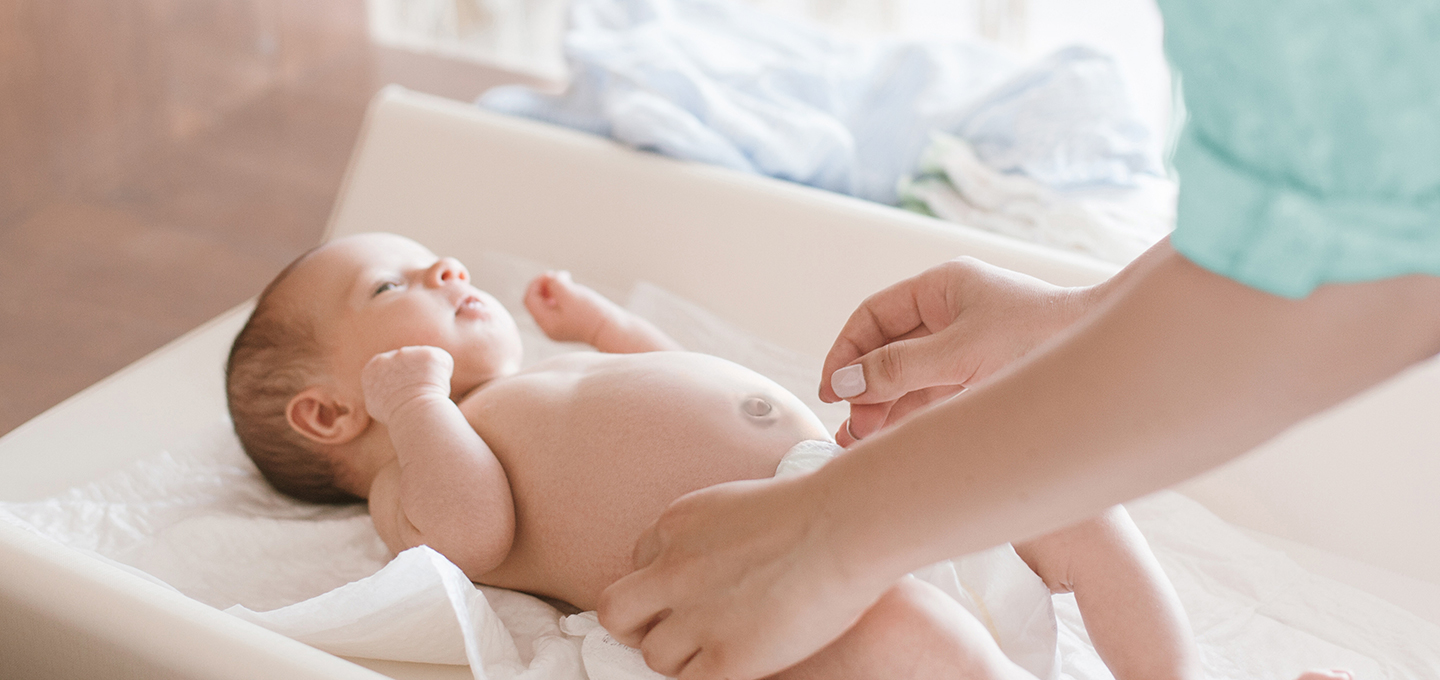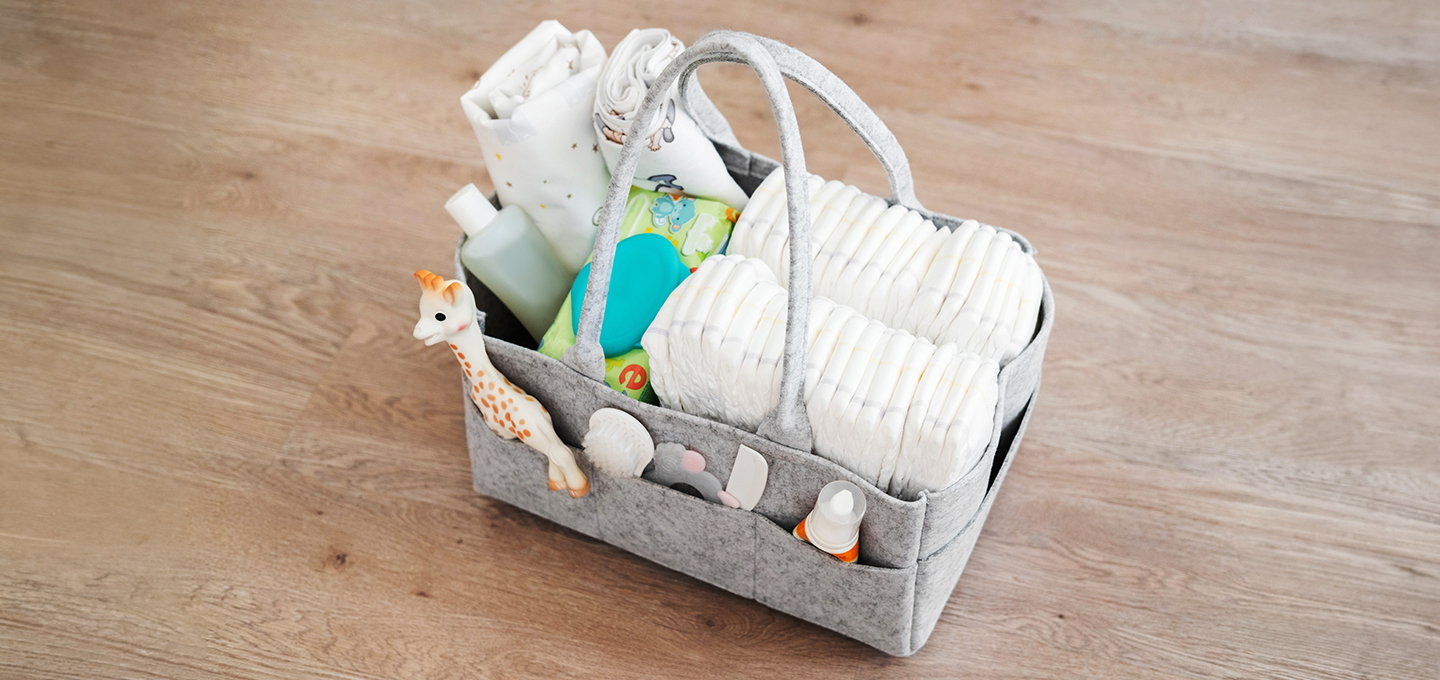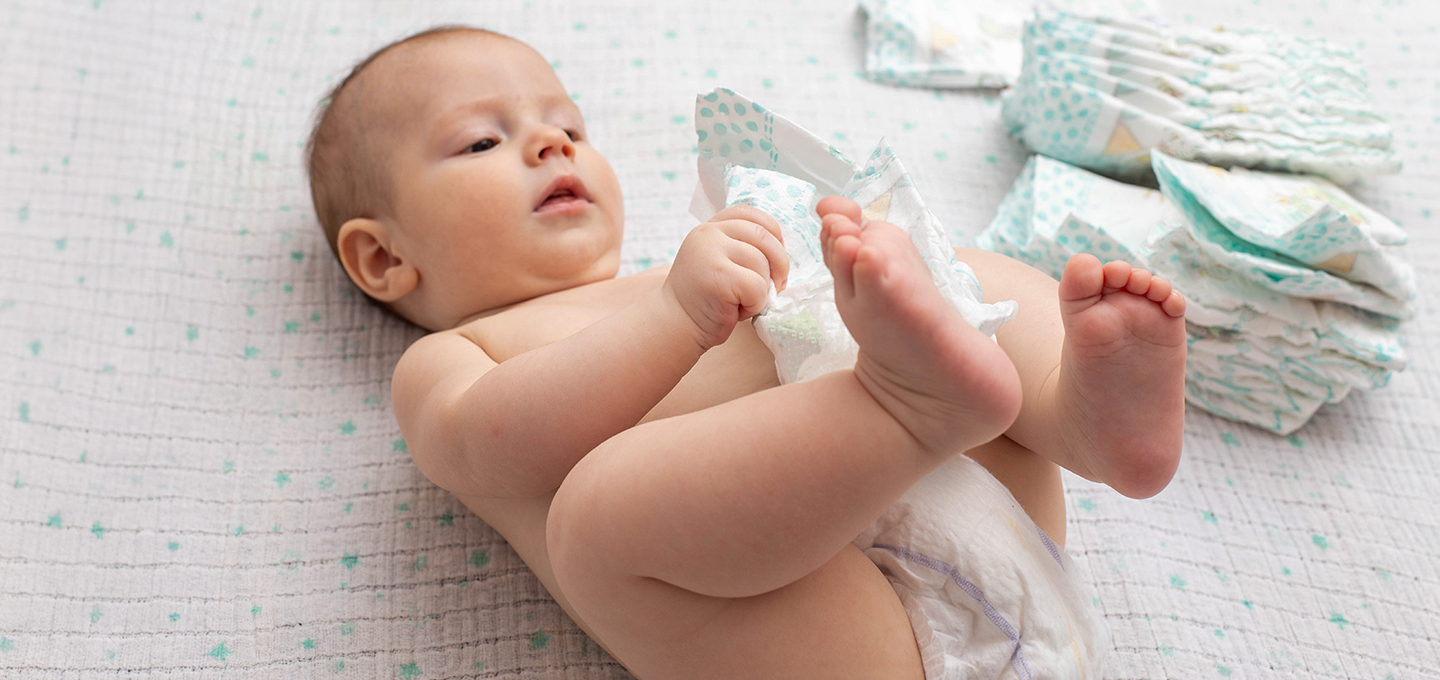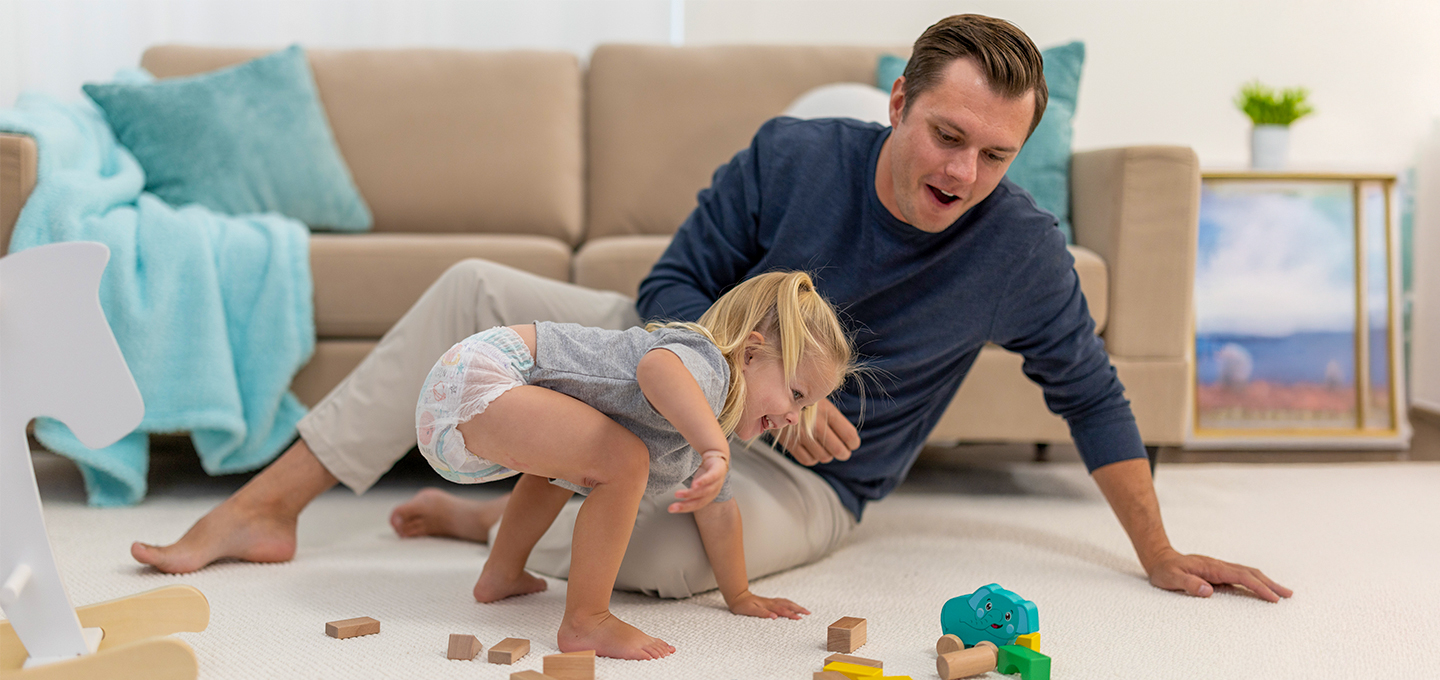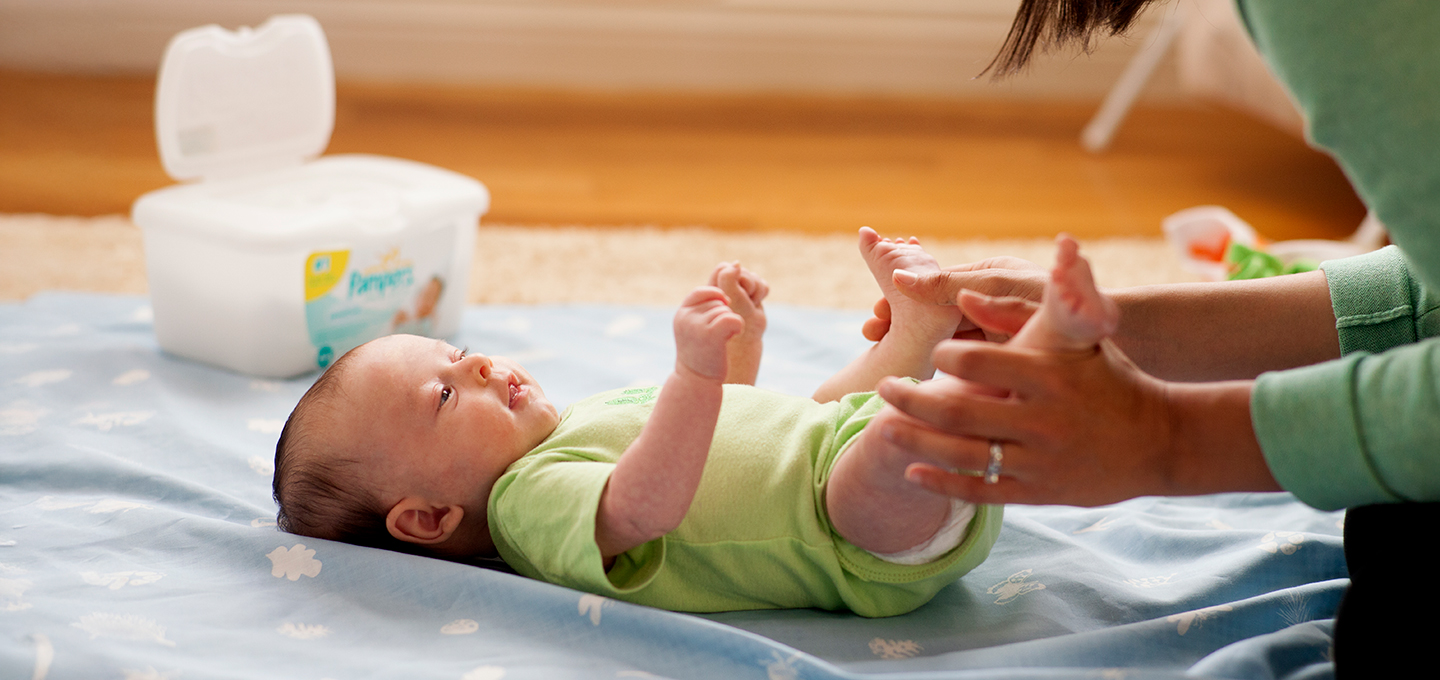
Pampers Baby Diaper Size Chart Guide
6 min readUpdated November 16, 2025

Reviewed by
6 min readUpdated November 16, 2025

Reviewed by
Finding the right fit can feel overwhelming, but the Pampers diaper size chart makes it simple. Instead of using age, Pampers uses your baby’s weight to guide sizing, because babies grow differently, and weight is the most reliable indicator for comfort and leak protection.
Quick tips from the Pampers sizing guide:
In the sections ahead, you’ll find details on infant diaper sizes, how many diapers you may need in each size, and how to ensure a proper diaper fit for your little one.
Pampers Diaper Size Chart
Finding the right diaper sizes can feel tricky at first, but a clear Pampers diaper size chart makes it easier. While some parents look for a diaper size by age or even check a diaper size chart by age, this generally isn’t the best method. Babies grow at very different rates, so one 3-month-old may still fit into a newborn size, while another may already need a size 2. That’s why Pampers sizing is based on weight, not age.
Weight is the most reliable guide to finding the right fit, which is why the Pampers size guide and other diaper size comparison charts always focus on pounds or kilograms rather than months. Using a diaper size chart by weight helps you avoid leaks, discomfort, and the need to size up too quickly.
To make things easier, we’ve also addressed two common questions:
Pampers Diaper Size Chart by Weight
Choosing the right fit is easiest when you use a diaper size chart by weight. Since babies grow at different speeds, the most accurate way to pick the right diaper is by checking your baby’s weight, not their age. That’s why Pampers offers clear diaper sizes and weight guidelines in one simple chart.
Here’s how to read the Pampers diaper size chart by weight and get the most out of it:
Some weight ranges overlap, so it’s helpful to monitor your baby’s fit to know when to switch sizes. Keep reading to learn more about finding the perfect fit, when to size up in diapers, and which Pampers diaper is best for your baby’s needs. Plus, pick-up tips on preventing leaks and blowouts ensure a more comfortable diapering experience.
This chart summarizes available sizes for each product (and includes swim diaper sizes, too) to help you select the right Pampers diapers or pants:
Pampers Easy Up Size Chart
When your toddler starts potty training, pull-up sizes work differently from regular diaper sizes. Instead of standard weight-only ranges, Pampers Easy Ups use clothing-style sizes that overlap to give a comfortable, underwear-like fit.
Because Pampers Easy Ups are made to pull on and off like real underwear, the waistband is extra stretchy, and the sizing overlaps more than in traditional diapers. This creates a more customizable fit that adapts to your toddler’s shape, making potty training easier while still keeping them comfortable and secure.
Pampers Splashers Size Chart
Swim diapers are sized differently from regular diapers, and Pampers Splashers are no exception. Instead of expanding in water like ordinary diapers, Splashers stay light and comfortable, so the fit is based on a blend of weight ranges and flexible design.
Because the waistband is stretchy and the core doesn’t swell in water, Splashers offer a more adjustable, swimwear-like fit. That makes them easy to put on and take off, while still keeping your little one comfortable and secure during water play.
Pampers Swaddlers 360° Size Chart
Pampers Swaddlers 360° are pull-on style diapers with EZ-Tear sides, aimed at younger babies, especially once they begin to stand or move around more, but still with a focus on comfort and gentle protection.
What makes Swaddlers 360° special:
Pampers Cruisers 360° Size Chart
Pampers Cruisers 360° are for active babies/toddlers—those who crawl, stand, walk, and move around a lot—offering a pull-on design with a stretchy, gap-free fit.
Features specific to Cruisers 360°:
Pampers Ninjamas Size Chart
When nighttime accidents are part of life, Pampers Ninjamas offer a snug and discreet solution designed for older children. They are sized more like underwear and built for confident, dry sleeps.
With a 360° FormFit waistband, Ninjamas adapt to your child’s shape just like regular underwear, offering a customizable fit that moves with them through the night.
Ideal for children aged four to twelve, Ninjamas provide discreet nighttime protection that feels more like underwear—and helps your child stay dry overnight with confidence.
Newborn Diapers
When your baby arrives, the right diaper can help keep them comfortable and dry. Newborn diapers (Size N) are specially designed for babies weighing up to 10 pounds. Pampers newborn diapers also feature a small cutout at the front to protect the umbilical cord area and help prevent irritation while it heals during those first few weeks.
Newborns tend to go through a lot of diapers—often up to 10 per day—which means it's a good idea to have a healthy supply ready.
If your baby is born smaller, Pampers also offers three different preemie sizes, providing a snug and protective fit for even the tiniest of babies.
As your baby grows, keeping an eye on their weight can help you decide when it’s time to move from a newborn diaper size to size 1. Many parents find their baby outgrows newborn Pampers within the first month or two, but every baby grows at their own pace.
For more guidance on umbilical cord care or if you’re wondering how many newborn diapers you’ll need, you can read our articles to help you get started or prepare for your baby’s arrival.
How Many Diapers Per Size?
Wondering “How many newborn diapers do I need?” On average, newborns go through up to 10 diapers per day. That adds up to nearly 70 diapers per week—or around 280 diapers in the first month alone.
Every baby is different, though, and diaper usage will change over time. Here’s a realistic way to think about how many diapers per size you might need:
Using our diaper size chart, which aligns sizes with weight ranges, can help you estimate how many diaper sizes you'll need as your baby grows.
For estimating how many diapers per day by age, tracking how many come in each pack, and swapping sizes gradually keeps you prepared without overstocking.
Our Pro Tip
Download the Pampers Rewards app to earn Pampers Cash with every pack you scan. You’ll unlock digital coupons, exclusive offers, and rewards that make stocking up on the right size a little easier on your budget.
When to Size Up Diapers
Beyond weight changes, there are several clear signs to help you know when to size up diapers. Choosing the right fit for diapers is about comfort as much as it is about preventing leaks. If you’re wondering how to know when to size up in diapers, watch for these signals:
These cues can help you decide when to change diaper size or how to tell if a diaper is too small. Paying attention to the fit means fewer leaks and a more comfortable experience for your little one.
If you’re still unsure about how to know when to size up diapers, try using the Pampers size chart as a guide, and remember, every baby grows at their own pace.
How Should a Diaper Fit?
Every baby is unique, so how a diaper fits depends on your little one’s shape as well as their weight. Pampers uses weight ranges as the basis for diaper sizing, since that’s the most reliable way to find a proper diaper fit—not age or gender.
Because weight ranges overlap, you may sometimes choose between two sizes. For example, a size 4 diaper often fits babies between 15 and 34 pounds, while a size 5 fits between 20 and 37 pounds, and a size 6 fits between 23 and 44 pounds. In those situations, a diaper fit guide can help you decide which feels best.
Here are a few ways to check how a diaper is supposed to fit on your baby:
By paying attention to how a diaper should fit on a baby, you’ll help prevent leaks, reduce the chance of blowouts, and make sure your baby stays comfortable throughout the day.
Why the Right Size Matters
When your little one wears the correct diaper size, everything just works better. A proper diaper fit helps keep your baby dry, comfortable, and protected from leaks and blowouts. When the diaper size by weight matches your baby, the diaper performs as intended and may even help reduce skin irritation.
Here’s what could happen if the fit isn’t right:
By choosing the correct size from the Pampers diaper size chart, you’re more likely to have the right fit diapers that keep your little one dry, clean, and comfortable day and night.
Which Pampers Diaper Is Best for My Baby?
As your baby grows and reaches new developmental milestones, their diaper needs will change. Whether your little one is a newborn or an active toddler, Pampers offers a full lineup of diaper sizes and products to support every stage of their development.
Here are some things to consider when choosing which Pampers product to buy:
For Newborns
Because newborns have delicate skin, they need diapers that offer extra softness and protection. The best diapers for newborns are:
You’ll find newborn diaper sizes in Pampers Swaddlers, Pampers Pure Protection, and Pampers Baby-Dry.
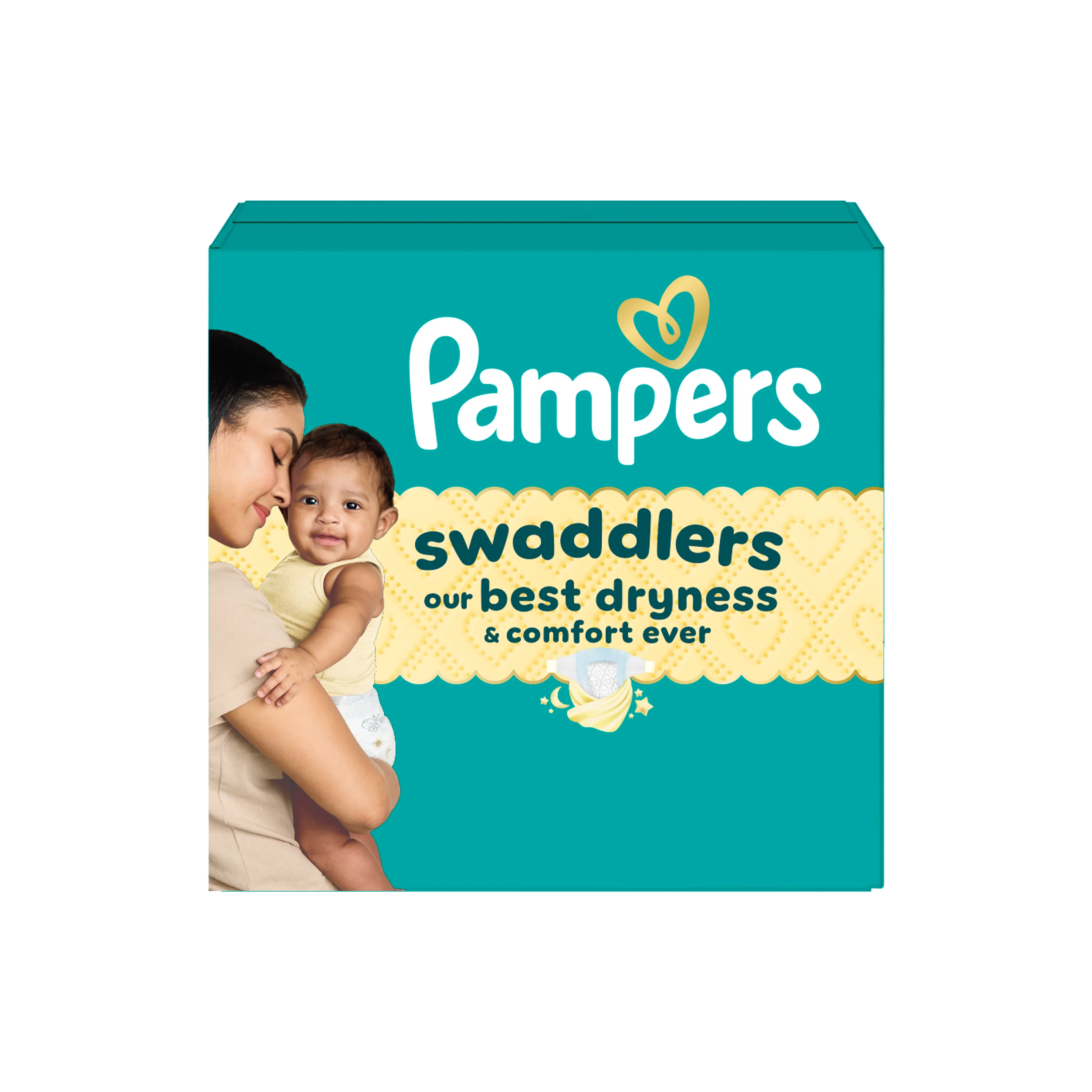
For Growing Babies
As your baby becomes more mobile, choosing the correct fit is key to preventing leaks as you transition diaper sizes. For growing babies, choose a diaper that’s
At this stage, consider[CN1] [AN2] Pampers Cruisers 360, Pampers Swaddlers, and Pampers Swaddlers 360 sizes.
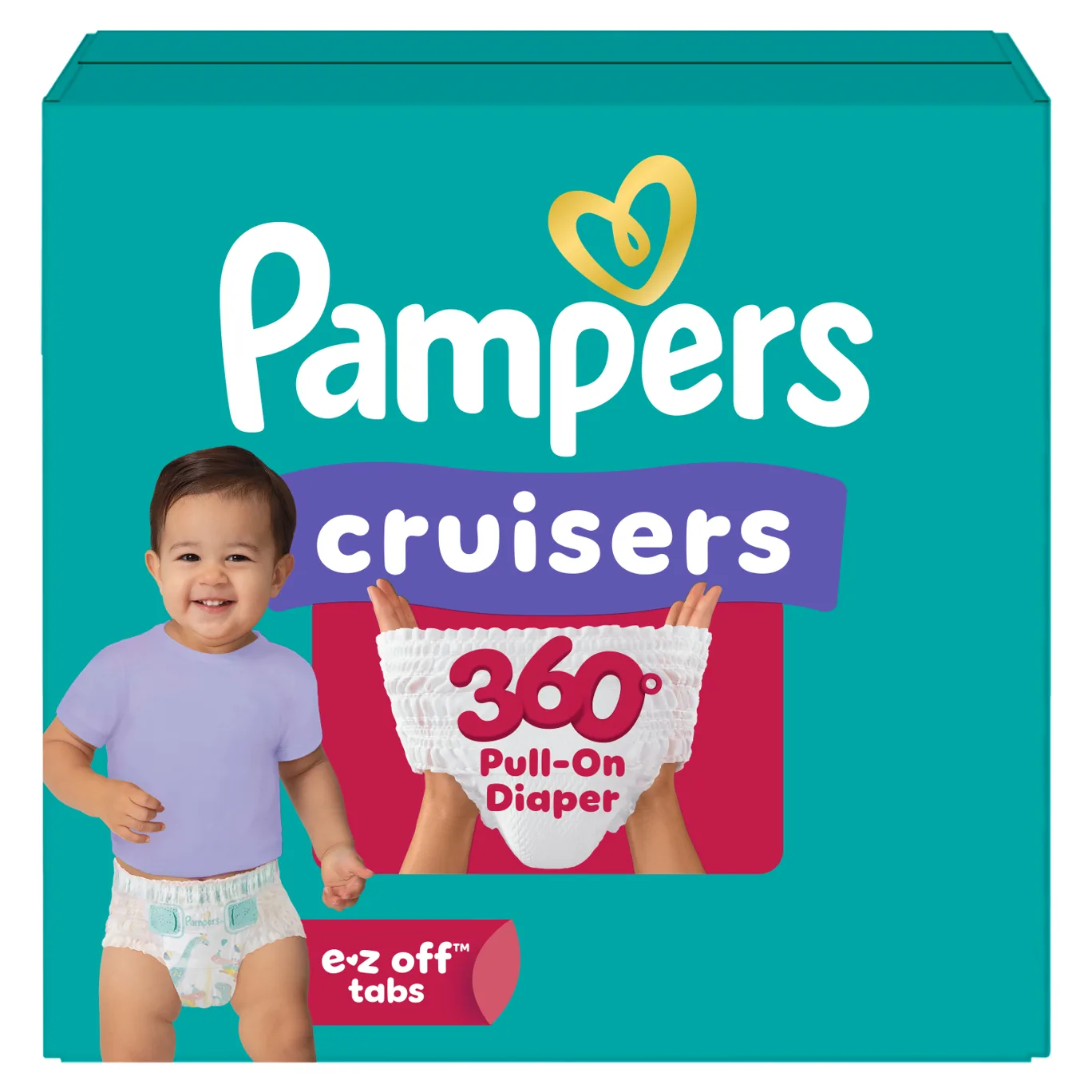
For On-the-Go Babies
When your little one is crawling, beginning to walk, or running easily, you’ll need something you can change quickly. So, with active babies, consider diapers or pants that are
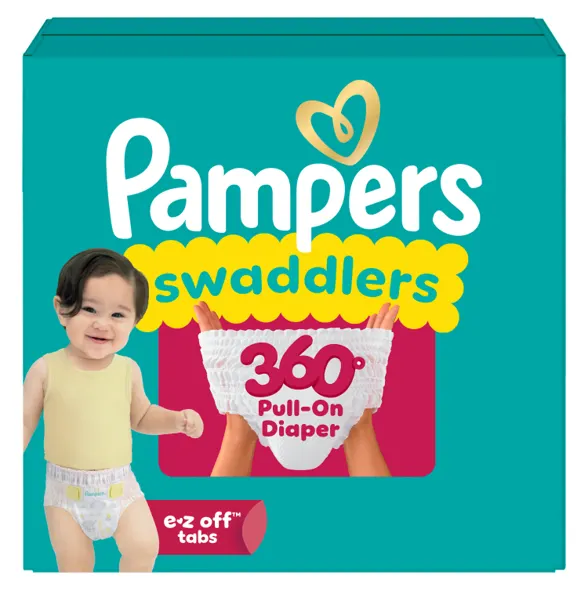
For Overnight Protection and Swimming Convenience
Although all Pampers diapers and pants are designed with optimal absorption and leak protection, the following are best for swimming and overnight protection.
FAQS AT A GLANCE
Pampers offers a wide range of diaper sizes to suit every stage: P (preemie), N (newborn), 1, 2, 3, 4, 5, 6, 7, and 8. Our Pampers diaper size chart helps you compare options and find the best size for your baby’s weight.
The Bottom Line
Once you’ve used the Pampers diaper size chart to find the right fit and learned how to change a diaper like a pro, selecting the right diaper size will be effortless. A properly fitting diaper keeps your baby more comfortable, while also reducing the chances of leaks and blowouts. Even with the best fit, accidents can happen, so be sure to stay prepared with our diaper bag checklist for all situations
And don’t forget to treat yourself! By using the Pampers Rewards App, you can earn rewards and exclusive offers on your diaper purchases, making every diaper change a little more rewarding.
Read more about Baby
Related Articles
Join a World of Support
through Pregnancy and Parenthood.
TRACK WITH TOOLS
LEARN WITH EXPERTS
GET REWARDED

